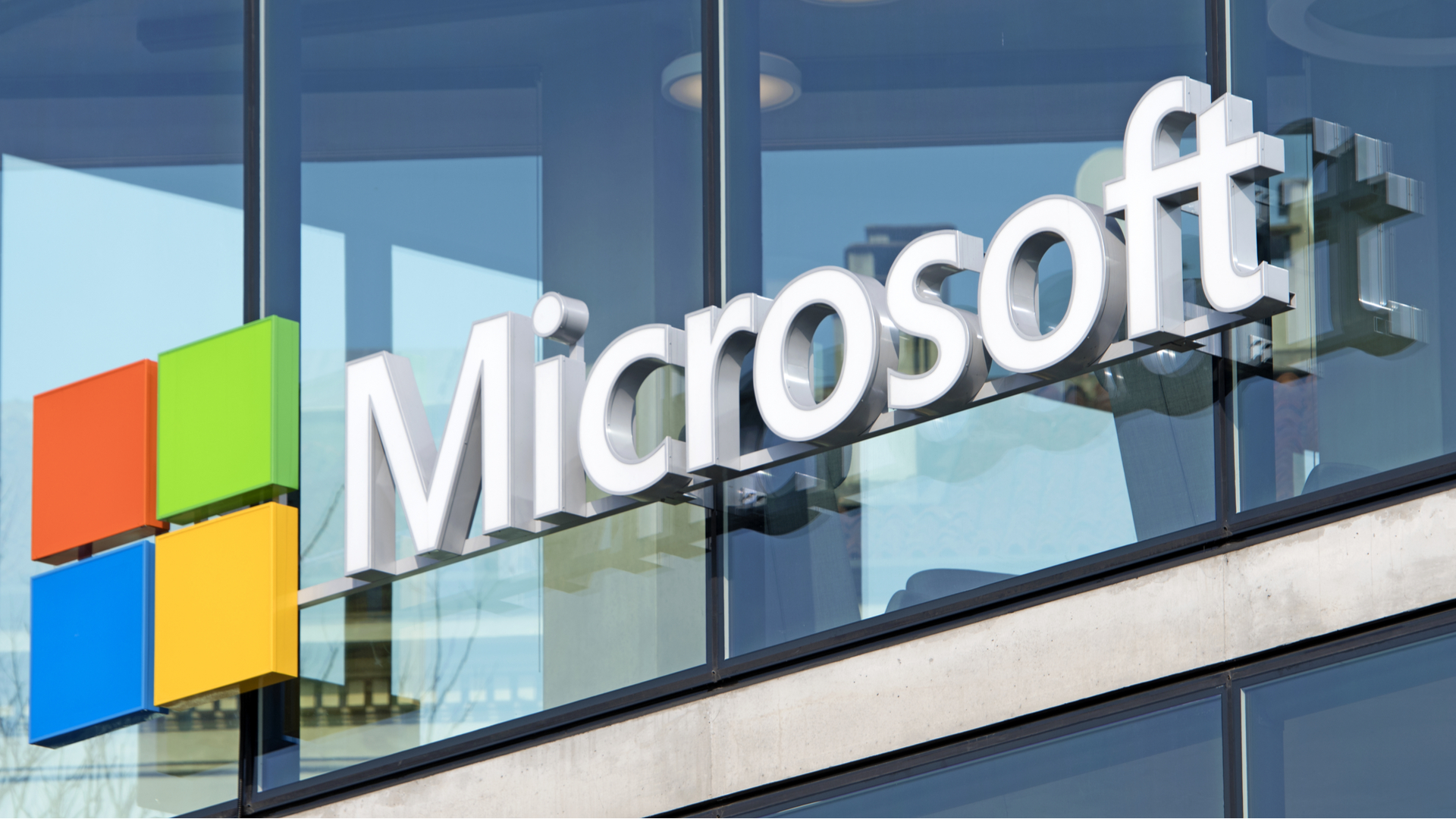Microsoft under the antitrust microscope again as OpenAI partnership gets scrutiny
Microsoft is facing another potential investigation over competition

Microsoft is once again on the Competition and Markets Authority (CMA) radar as the tech giant seeks a potential partnership with OpenAI.
The technology giant has faced a number of antitrust challenges surrounding competition in recent months relating to its UK cloud market dominance as well as its collaboration tool Microsoft Teams.
The CMA released an invitation to comment (ITC) on December 8, and is seeking comments on the proposed partnership and its potential impact on AI in UK markets.
Competition breeds innovation
The CMA is responsible for ensuring that industry markets in the UK remain competitive to ensure innovations, adequate regulation and sustainable growth. With how fast the AI market is growing, it's not a surprise that such a big collaboration between one of the biggest names in technology and one of the biggest names in AI could be seen as uncompetitive.
This ITC is just the first phase in a potential investigation into whether, as a result of this partnership, Microsoft has “de facto control or more than 50% of the voting rights” of OpenAI or vice versa. Microsoft currently has a 49% ownership share of OpenAI, and has provided in excess of $10 billion worth of funding.
In its ITC letter, the CMA stated that it “is considering whether it is or may be the case that the Microsoft / OpenAI partnership, or any changes thereto, have resulted in the creation of a relevant merger situation under the merger provisions of the Enterprise Act 2002 (the Act) and, if so, whether the creation of that situation may be expected to result in a substantial lessening of competition within any market or markets in the United Kingdom for goods or services.”
The ITC closes on January 3 2024, at which time the CMA will decide whether to further its investigation. If there is the necessity to further the investigation, it must then be determined if the relevant criteria are met to determine a merger situation. According to the CMA, these are:
Sign up to the TechRadar Pro newsletter to get all the top news, opinion, features and guidance your business needs to succeed!
- First, either two or more enterprises must cease to be distinct, or there must be arrangements in progress or contemplation which, if carried into effect, will lead to enterprises ceasing to be distinct – this means that there must be an acquisition of control or change in the level of control held by at least one enterprise over another.
- Second, at least one of the ‘turnover test’ (the UK turnover of the target exceeds £70 million) or the ‘share of supply test’ (the enterprises ceasing to be distinct both supply or acquire goods or services of any description and have a combined share of 25% or more of such acquisition or supply in the UK) set out in section 23 of the Act must be met.
- Third, either the merger must not yet have taken place or the date of the merger must be no more than four months before the day the reference is made, unless the merger took place without having been made public and without the CMA being informed of it (in which case the four-month period starts from the earlier of the time the merger was made public or the time the CMA was told about it). This four-month deadline may be extended in certain circumstances.
More from TechRadar Pro

Benedict has been writing about security issues for over 7 years, first focusing on geopolitics and international relations while at the University of Buckingham. During this time he studied BA Politics with Journalism, for which he received a second-class honours (upper division), then continuing his studies at a postgraduate level, achieving a distinction in MA Security, Intelligence and Diplomacy. Upon joining TechRadar Pro as a Staff Writer, Benedict transitioned his focus towards cybersecurity, exploring state-sponsored threat actors, malware, social engineering, and national security. Benedict is also an expert on B2B security products, including firewalls, antivirus, endpoint security, and password management.